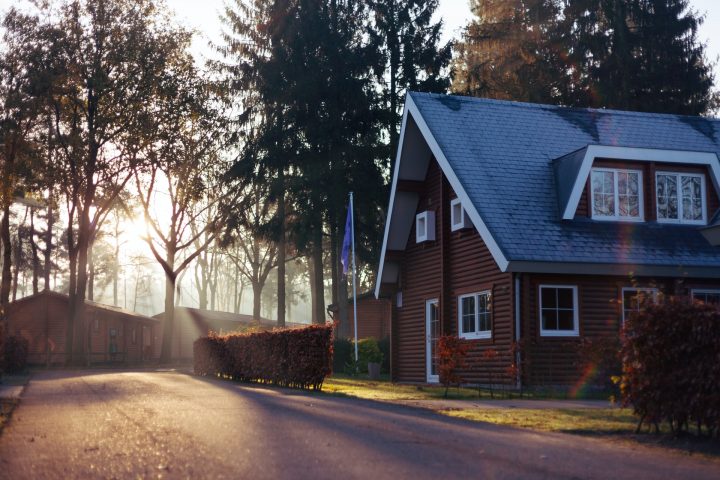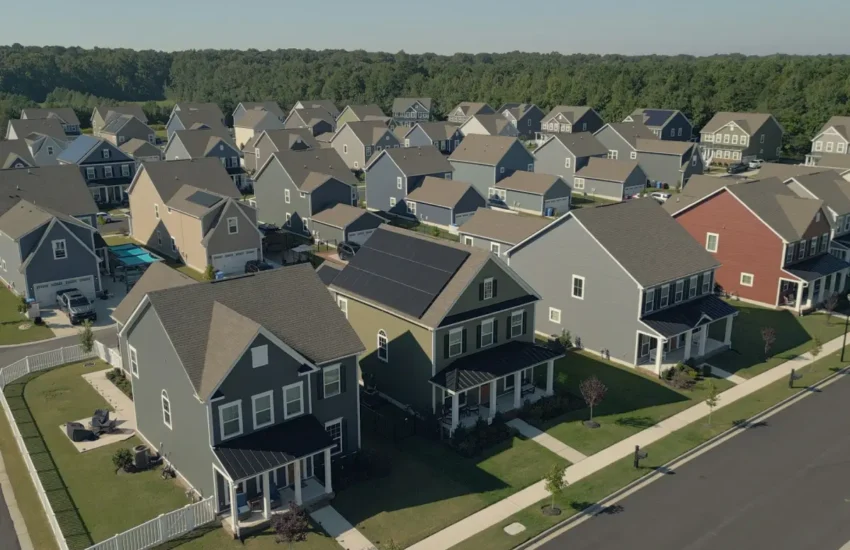Why You Need to Waterproof Your Crawlspace and What the Benefits are
You don’t know how to waterproof your crawlspace. Wet, moldy, and musty crawlspaces are a nightmare. They can cause health problems, affect the quality of your home’s air, and make you feel like you’re living in a damp, mildew-filled cave. It’s time to get rid of the mold and mildew in your home by waterproofing your crawlspace. With proper protection, you can avoid health complications and enjoy peace of mind knowing that your family is safe from the harmful effects of moisture.

What is a Crawlspace, and Why Should You Waterproof it?
A crawlspace is a space under the lowest part of your house where you can store things like insulation, tools, and even furniture. Crawlspaces are typically found in older homes that do not have basements. They are also used for storage in newer homes with basements.
It is important to waterproof your crawlspace because it’s an enclosed space with no ventilation. When water gets into a crawlspace, it can cause mold and rot builds up quickly.
If you’re in the south, crawl space waterproofing in Springfield, Missouri is a good example of a professional service at reasonable rates. Don’t hire a general contractor as this is no ordinary job, you need it done right the first time.
It Can Improve The Structural Integrity of Your Home
A well-insulated crawlspace will keep your family protected from the elements and help prevent moisture buildup that can lead to structural damage or mold growth. It’s important to do crawl space insulation installation correctly because nobody wants to live in a damp home.
The crawlspace is one of the most important parts of your home. It’s where you store your tools and equipment, like a sump pump, furnace, or water heater. It’s also where you can find that old blanket or winter coat you lost in the back of the closet.
The crawlspace is an integral part of your home that should be well insulated and sealed to prevent moisture build-up and keep your family safe from the elements.
Reasons to Waterproof Your Crawl Space
The first step in protecting your crawl space from water damage is to make sure that it is waterproof. In order to do this, you need to use a waterproof membrane under the drywall and ensure that the walls are properly insulated. The most important thing for a homeowner is to prevent mold, mildew, and moisture from getting into your home. The best way to do so is by protecting the crawl space with a waterproof membrane.
The next step is to install a vapor barrier on the walls of the crawl space. This will prevent moisture from condensing on the outside of your wall, which can cause mold, mildew, and rot. Adding a vapor barrier will also help reduce mold growth in the house.
3 Ways to Make a Crawl Space Safe from Moisture Damage
Moisture damage is a major issue for homeowners. It can lead to mold and mildew, which is unhealthy for humans as well as the property. In order to prevent this from happening, homeowners should take certain precautions in their crawl space.
It’s common for crawl spaces to have improper insulation, or well-ventilated areas, and they tend to collect moisture easily. To prevent moisture damage, homeowners should make sure that they have a dehumidifier hose pipe that connects to the drywall outlet near the floor of the crawl space and an air conditioner vent that is placed within 10 feet of the ground level of the crawl space.
What Happens If You Don’t Waterproof Your Crawl Space?
If you don’t waterproof your crawl space, moisture can seep into the walls and cause damage to the structure of your home. And if you live in a humid climate, it is important to waterproof your crawl space. If you don’t properly seal your crawl space, moisture can seep into the walls and cause damage to the structure of your home.
Conclusion
Homeowners who live in areas prone to rain and flooding often have concerns about their crawlspace. While the crawlspace is not a place where people typically live, it can quickly become a dangerous place if left unprotected. Crawlspaces are prone to water damage, mold growth, structural damage and insect infestation during rainy seasons and/or floods.


